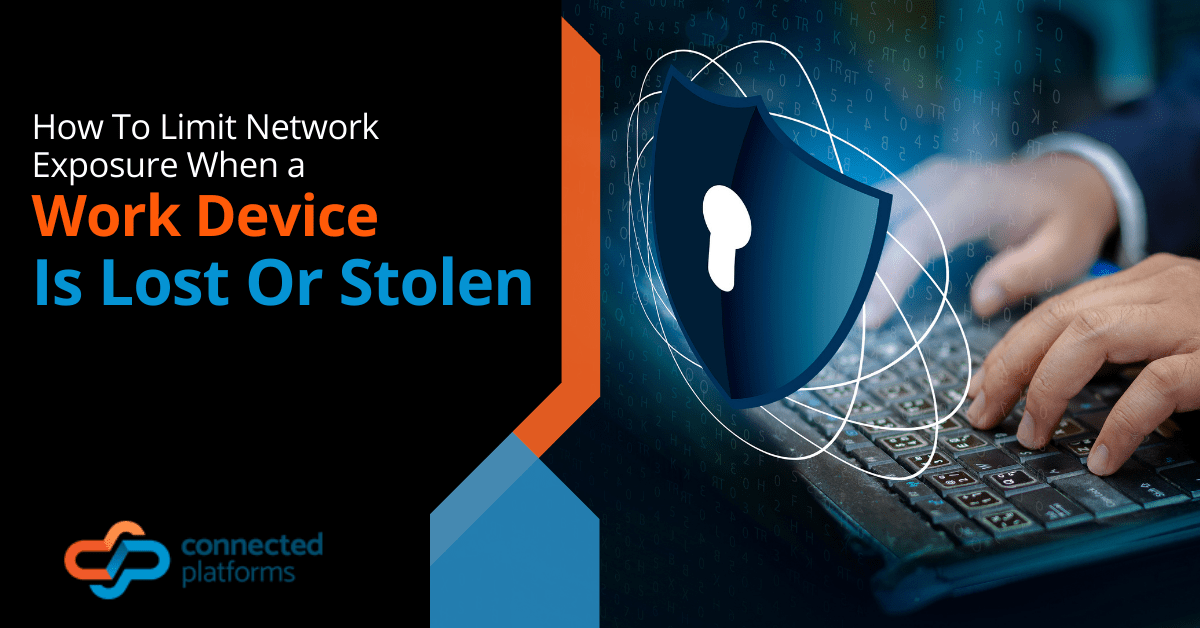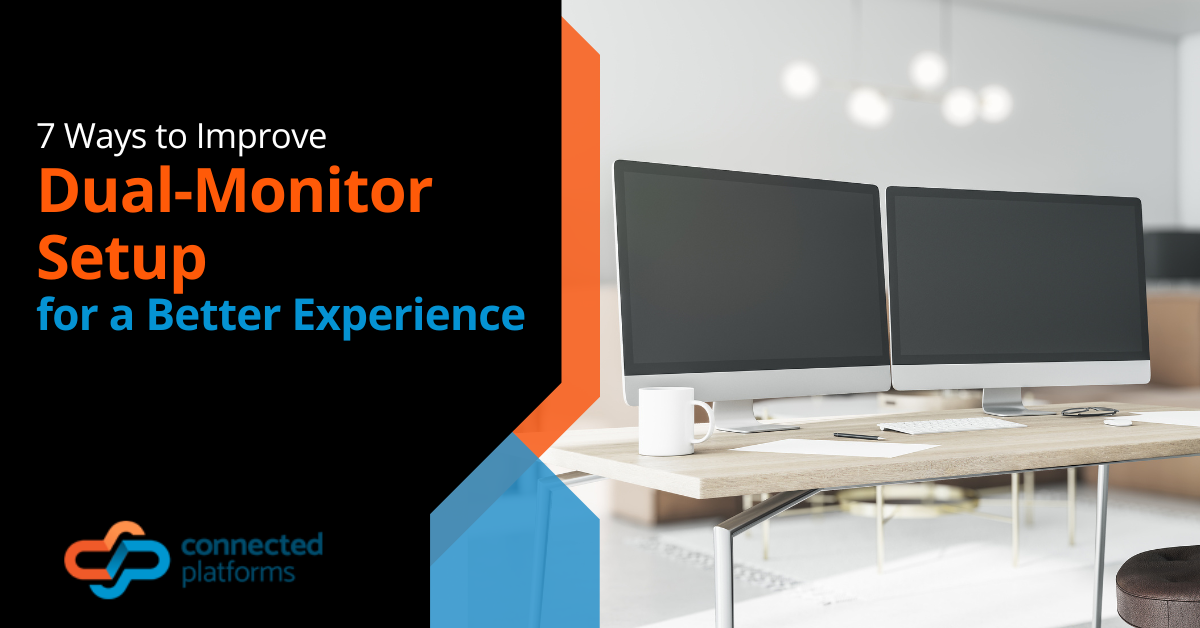Statistics show that 79.60% of office/workplace devices, especially mobile phones, are taken, and no business wants to even think of what can happen if their mobile device is stolen. It’s not a comfortable prospect for a company to imagine, but it does happen. Because these devices contain many sensitive corporate data, a lost or stolen device can be a nightmare for your enterprise and security team. As a result, if a mobile device is lost or stolen, your company must have a plan to deal with it.
Creating network capabilities, such as data and network services, that are readily available for customers and partners is referred to as network exposure or service exposure within the network domain. Many ecosystems can access network data and resources to enhance enterprise applications with the help of assigned security and data integrity regulations.
Laptops and phones are far more valuable than the technology itself. These devices store and easily access everything from customer data to company papers and account logins, making them obvious targets for data thieves. But when this occurs, you must be prepared with the right strategy.
What To Do Before the Device Gets Lost
Policies for authentication and access control should be implemented
When your device is lost or stolen, it may get into the hands of someone who wishes to access its data. To prevent them from entering the device, you must configure authentication measures for each device when deployed into the system. Your company can make it more difficult for device owners to acquire access by making use of passwords and biometrics.
Conduct security awareness training for employees
According to recent surveys, employees are the weakest link in the data security chain. Despite training, employees read suspicious emails with the potential to download malware every day. Employers often mistakenly believe that one cybersecurity training class is sufficient. If you’re serious about protecting your vital information, regularly schedule trainings every quarter or even monthly.
Make a communication channel
Employees need a simple way to report the problem when a gadget is lost or stolen. This ensures that potential consequences are identified early and, hopefully, before any harm is done.
How to Limit Network Exposure When a Work Device is Missing
Enforce employee device usage policies
The employee is perhaps the most significant security risk for mobile devices. If your employees are not responsible for their devices, the likelihood of a lost or stolen device increases dramatically. Policies such as prohibiting connections to public Wi-Fi networks, keeping inventory checks, and GPS monitoring will allow your company to guarantee that your staff is taking care of your equipment. In addition, your company should educate its staff on suitable mobile device security policies and regulations. This is especially vital if your organisation has a BYOD policy and regularly brings mobile devices out of the office.
Make solid employment contracts
Include terms and conditions in all of your job contracts that prohibit your employees from discussing specific kinds of information. Whenever an employee communicates information, data is transmitted via a channel that may theoretically be compromised even if highly secure. This information cannot be obtained if it is not shared in the first place.
The widespread usage of encryption
Encryption has become vital to protect sensitive company data and secure consumer data. It’s important to use encryption on work laptop hard drives, USBs, smartphones, and other storage devices before transferring it into the cloud account or through the internet.
The process of encryption addresses two prevalent data protection concerns in today’s global economy; a mobile workforce and the rise of remote labour. With devices regularly departing the security of corporate networks, encryption ensures that the sensitive data they carry is inaccessible to outsiders in the event of theft or loss.
Limit the quantity of information you provide
While you can’t decline every data request, you may limit the amount of information you share and, as a result, your data exposure is reduced in the event of an incident. Give no more information to any business or online service than is necessary, and avoid data-sharing programs as much as possible.
Understanding where data is and where it is going
Knowing what data is being stored and where is one of the most important stages toward adequate data protection. Companies may make informed judgments about the actions they need to protect their data by precisely understanding its lifecycle and the security threats.
Educating personnel at all levels
Human error is usually the most vulnerable link in the data protection chain. Large organisations ensure that staff is aware of compliance rules and best security procedures by providing them with training and clear guidelines for those who come into contact with the most sensitive data.
Improve Device Security with Guidance from Connected Platforms
Safeguarding your mobile device is not an easy effort, but it should be your top priority. Because your device might be stolen or lost, it’s critical to be vigilant of any strange activity.
At Connected Platforms, we will work to develop a custom recovery plan to ensure your data is not misused or lost in the event of a device being stolen or lost. To know more about our services, contact us today.




